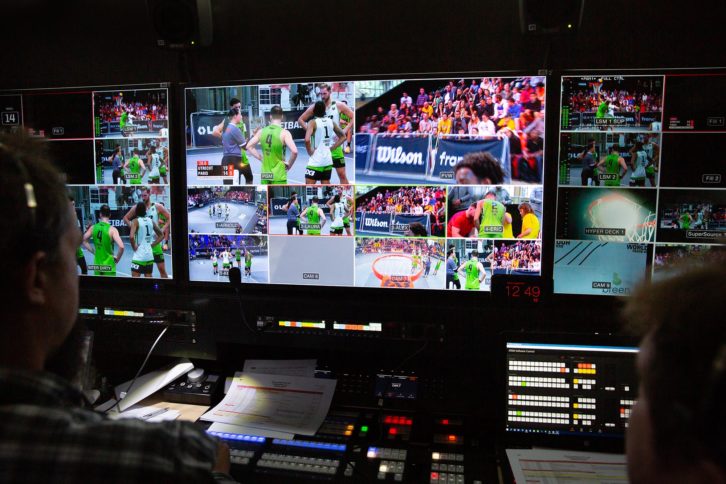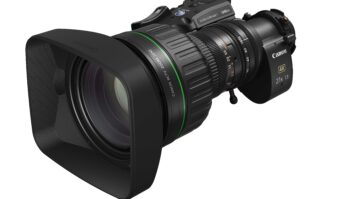For the recent FIBA 3×3 World Tour 2022 Paris Masters event, outside broadcast company Stop and Go Production opted to employ a multicamera solution featuring the ATEM Constellation 8K live production switcher.
The company built an OB truck in just six months for the event, which can house up to four technicians and features a hybrid 4K IP and SDI-based production workflow.
“We wanted a scalable next-generation workflow that would allow us to grow into new markets such as festivals, concerts and theatre productions,” explained Olivier Gouze of Stop and Go Production.
“Many sports don’t have television rights and instead choose to broadcast via their owned media platforms for a subscription fee, and they are turning to companies likes us for our expertise and help.”

Central to the OB’s gallery control workflow was an ATEM Constellation 8K with ATEM 2 M/E Advanced Panel for hardware control. “We have been longtime fans of the ATEM switchers and decided early on in the design phase that the Constellation 8K would cover the vast majority of our needs,” explained Gouze. “Nothing else in the market comes close to offering this sort of value for money.”
“The user interface and accompanying control hardware make using and operating the production switcher incredibly straightforward. Not only that, but the hardware is also easy to learn and simplifies the training of our crews.”
The FIBA 3×3 World Tour event in Paris was the first time Toulose-based Stop and Go had deployed the truck for a sports production on home soil.
“We had a nine camera setup ensuring even the smallest of movements could be captured, and we relied extensively on slow motion replays using an EVS server, both in the programme mix and around the venue itself,” added Gouze.
An essential part of the FIBA brief was the ability to produce slow motion reels for the slam dunk contests. “The public and the jury rely heavily on the replay sequences to get an idea of the quality of these ultra spectacular sequences,” he said.
The live programme mix from the switcher ran into an encoder and was streamed to FIBA’s YouTube Channel in 1080p. “We could also use additional SDI outputs on the ATEM to feed big screens in the venue, whether that was a dedicated camera angle or a slow motion replay,” added Gouze.
“We are thrilled to have Blackmagic Design in our OB workflows as we continue to meet the needs and expectations of our clients. FIBA has been delighted with the results of this year’s collaboration, and we will be returning next year to film this stage again.”







